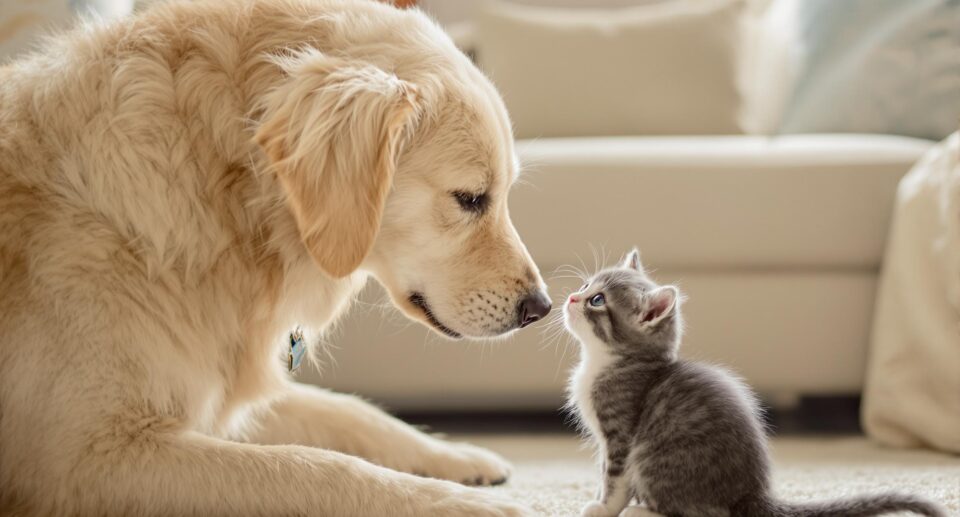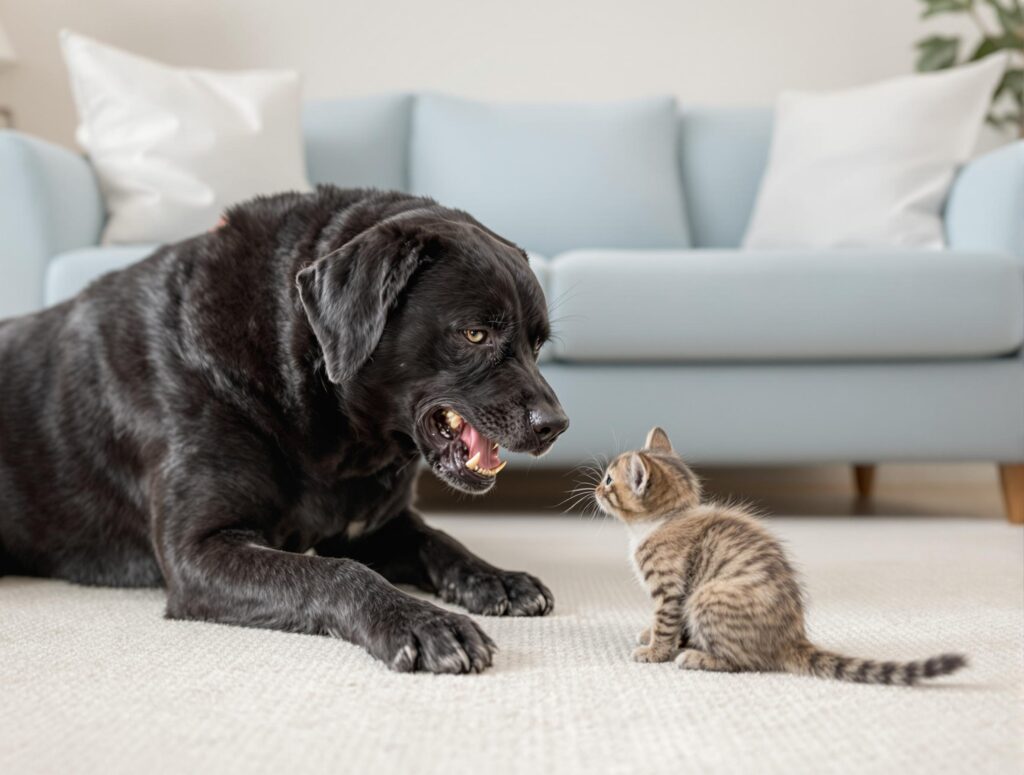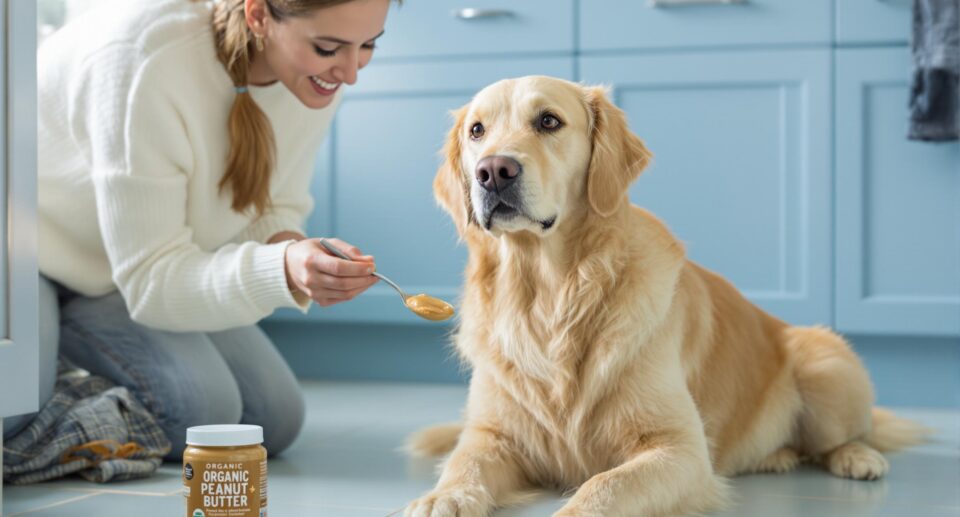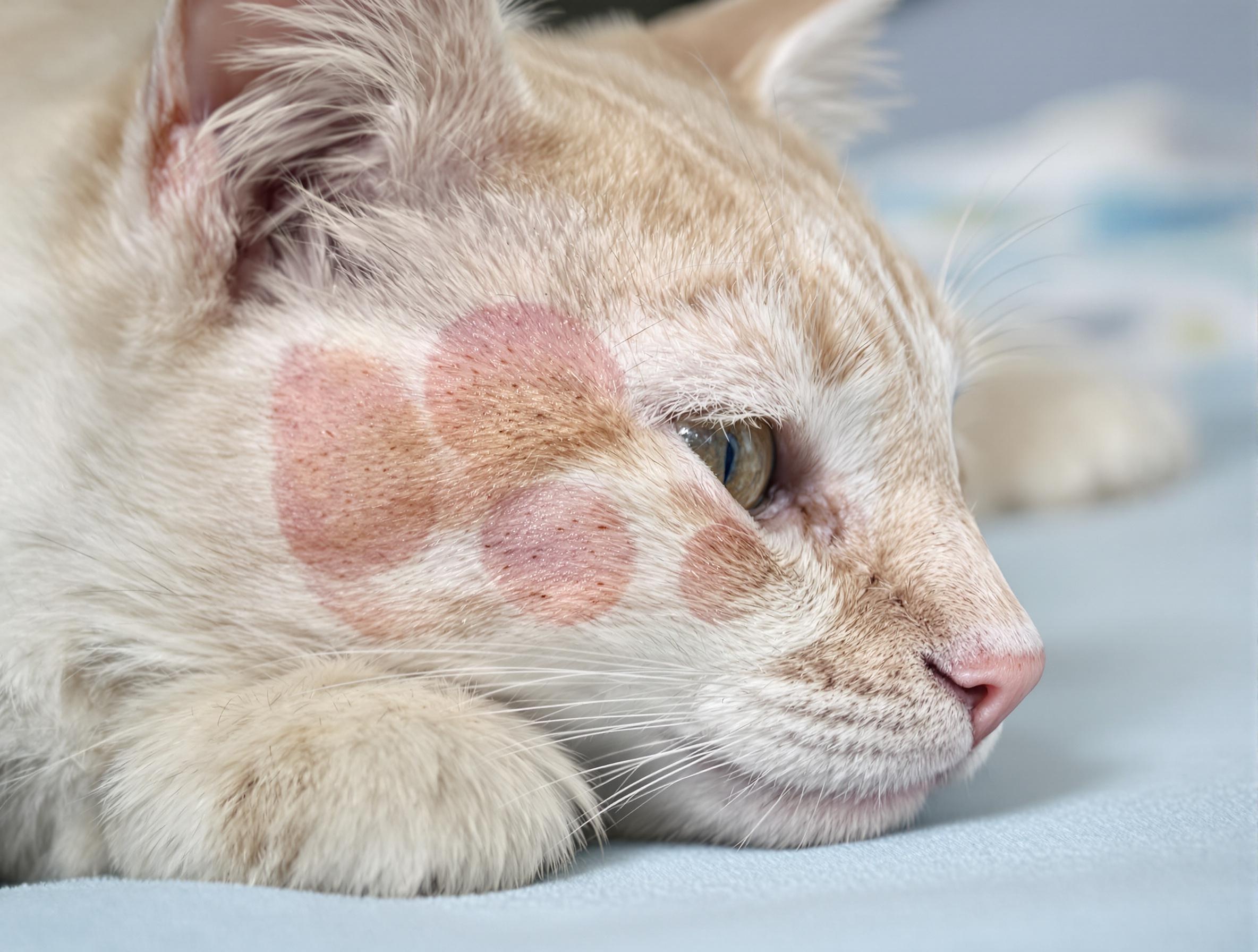How to Introduce Kittens to Dogs Without Conflict

Key takeaways:
- Introductions work best when your kitten and dog have time to get used to each other little by little.
- Start with scent swapping, move on to safe visual contact, and only bring them face-to-face when both pets are ready.
- Stay patient, keep things positive, and watch for signs that your pets might need a break.
Adding a kitten to a home with a dog takes more than just crossing your fingers and hoping for the best. These first introductions shape how the two will view each other moving forward, so planning from the start is key. A gradual approach helps avoid fear-based reactions and keeps both animals feeling safe.
At PetHealthMD, we’re here to help you navigate this process with confidence. This guide breaks down the safest ways to ease your kitten and dog into each other’s world, one step at a time. With a bit of patience and clear boundaries, you can help turn the first meeting into the start of a positive relationship. If at any point during the introduction you find yourself concerned, be sure to consult your veterinarian for further guidance.
Prepare Your Home Before the First Meeting
Before any introductions happen, it’s important to create a setup that allows your kitten and dog to feel safe from the beginning. Start by giving your kitten a separate, secure room where they can relax, explore, and adjust to the new environment. This space should include the basics: food, water, a litter box, soft bedding, and toys.
Meanwhile, your dog should be able to sense the kitten’s presence without being able to reach them. Closed doors or gates give both animals time to get familiar with the new sounds and smells in the house. This slow introduction helps prevent your dog from becoming overstimulated and gives your kitten the space they need to settle in without added pressure.
Take advantage of this separation phase to begin building positive associations. Let your dog sniff items from the kitten’s space and reward calm behavior with treats and praise. This sets the stage for a safer, more peaceful first meeting.
For helpful supplies, explore cat toys, dog training and behavior products, and cat calming aids to make the transition easier.

Step-by-Step Guide to Introducing a Kitten to Your Dog
Once your kitten has had time to adjust to their separate space, you can begin the introduction process. A clear, steady approach helps prevent overwhelm and gives both your kitten and dog the chance to build positive associations along the way. Follow these structured steps to move through the introduction process safely.
- Continue daily scent swapping before any meetings: Keep exchanging toys, blankets, or bedding between your kitten and dog. This helps maintain familiarity with each other’s scent while reinforcing a calm response before they meet face-to-face.
- Start with visual introductions through a safe barrier: Use a baby gate, crate, or cracked door so your kitten and dog can see each other without the risk of direct contact. Keep these sessions brief at first, allowing each pet to observe without pressure.
- Watch both animals’ body language closely during early sessions: Look for relaxed or curious behaviors like soft tails, loose body posture, and calm sniffing. If either animal shows tension, such as stiff bodies or intense staring, end the session and give them a break.
- Once both pets remain calm at the barrier, begin short direct meetings: Leash your dog and allow the kitten to approach at their own pace. Keep these first face-to-face meetings short and positive, with your full attention on both pets.
- Gradually increase the length of supervised direct interactions: Only add time to these meetings if both your kitten and dog remain relaxed and show no signs of distress. Continue using the leash until you are fully confident in their behavior around each other.
Taking things one step at a time is the best way to build trust between your kitten and dog. Each successful interaction lays the groundwork for a peaceful relationship moving forward. If progress feels slow, remember that steady, calm introductions lead to better results in the long run.
Tips for Success
Even with a solid plan, every dog and kitten pairing is a little different. These helpful tips can make the process smoother and reduce the chance of stress along the way:
- Keep your dog mentally and physically exercised before introductions to reduce excitement.
- Practice basic obedience with your dog, especially commands like “leave it,” “stay,” and “come.”
- Never force interaction—let both animals decide how close they’re comfortable being.
- Provide high perches or safe zones for your kitten so they always have an easy retreat.
- Avoid using punishment for negative reactions—redirect the behavior instead and reinforce calm responses.
- Reward curiosity and calm behavior consistently with treats, praise, or gentle petting.
- Supervise all early interactions closely and never leave the dog and kitten alone together until you’re fully confident in their behavior.
Staying flexible and focused on safety gives both pets the best chance to adjust well. Keep your focus on encouraging calm, gentle behavior from both pets. With patience and consistency, your kitten and dog can learn to share their space peacefully.

How to Recognize When Your Pets Aren’t Ready Yet
Not every introduction goes smoothly right away—and that’s completely normal. Some kittens and dogs need a little extra time to feel safe around each other, even if you’re following all the right steps. Knowing when to slow things down helps avoid stress for both pets and keeps the process moving in a positive direction.
Watch for these signs that your kitten or dog might need more space:
- Your dog can’t stop staring, barking, or lunging when the kitten is around, even after redirection.
- The kitten is always on high alert—hiding, hissing, or puffing up whenever the dog is nearby.
- Your dog seems overly fixated on the kitten and struggles to respond to basic commands like “leave it” or “stay.”
- Either pet starts showing changes in behavior, like skipping meals, hiding more often, or having accidents.
- One or both animals consistently avoid the other or seem fearful, even after several calm sessions.
If you’re seeing any of these signals, it’s perfectly okay to take a step back. Give both pets a little more time to adjust, return to scent swapping or visual introductions, and keep things low-pressure.
If the tension isn’t improving or if aggression is starting to show, this is a good time to check in with your veterinarian or a certified animal behaviorist for extra support. Getting advice from a pro can help you adjust your approach and keep things safe for everyone involved.
Give It Time for the Best Results
Helping your dog and kitten get off on the right foot (or paw) takes a little time, but it’s totally worth it. The slow, steady work you put in now can make all the difference in how they see each other later. Give them space, reward calm behavior, and don’t stress if things take a while to click.
At PetHealthMD, we know how much you care about making things work smoothly for your pets. That’s why we’re here with simple, trusted tips to guide you through big transitions like this one. For additional resources and products that support calm, positive introductions, explore our dog and cat supplies.





